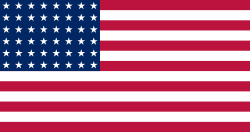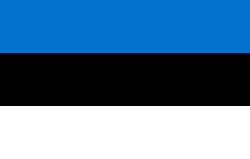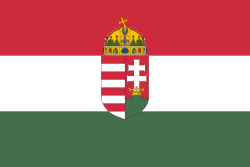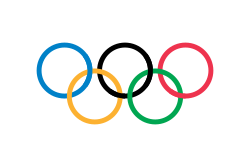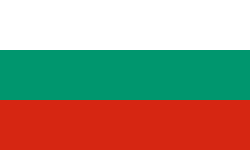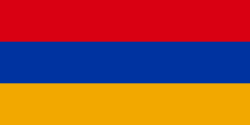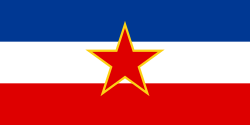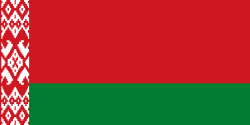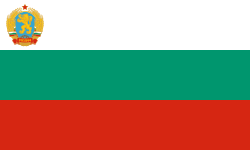Ramazan Şahin
| Ramazan Şahin | |
|---|---|
 Ramazan Şahin (12. srpna 2012) | |
| Narození | 8. července 1983 (41 let) Chasavjurt |
| Povolání | zápasník |
| Nábož. vyznání | islám |
| Některá data mohou pocházet z datové položky. | |
| Přehled medailí | ||
|---|---|---|
| zlato | LOH 2008 | lehká váha |
| Mistrovství světa v zápasu ve volném stylu | ||
| zlato | MS 2007 | lehká váha |
| Mistrovství Evropy v zápasu ve volném stylu | ||
| zlato | ME 2008 | lehká váha |
| bronz | ME 2007 | lehká váha |
Ramazan Şahin vlastním jménem Ramadzan Irbajchanov (rusky Рамадзан Ирбайханов), (* 8. července 1983 v Chasavjurtu, Sovětský svaz) je bývalý ruský zápasník volnostylař čečenského původu, který od roku 2007 reprezentoval Turecko. V roce 2008 získal zlatou olympijskou medaili.
Sportovní kariéra
Zápasení se začal věnovat ve 12 letech v rodném Chasavjurtu. V rámci Ruské federace zápasil za Dagestán na amatérských turnajích a na ruskou reprezentaci neměl pomyšlení. V roce 2005 jeho strýc Isak Irbajchanov dostal nabídku z Turecka vést zápasnickou sekci istanbulského sportovního klubu Büyükşehir (Istanbul BB SK). V rámci soutěžení klubů mu šel do Istanbulu pomoct. V klubu již působil jako trenér bývalý čečenský zápasník, olympijský medailista Adem Bereket, pod jehož vedením začal brzy koketovat s myšlenou startu za tureckou reprezentaci. Koncem roku 2006 obdržel turecké občanství. V rámci urychlení mu turecké příjmení propůjčil tehdejším ministr sportu Mehmet Ali Şahin. V roce 2007 měl raketový vstup do sezony. Na titul mistra světa navázal v roce dalším zlatou olympijskou medaili na olympijských hrách v Pekingu, když ve vyrovnaném finále porazil Ukrajince Andrije Stadnyka. Zlatá olympijská medaile mu vynesla doživotní rentu a zároveň vzala chuť do další práce. V roce 2012 se ještě dokázal kvalifikovat na olympijské hry v Londýně, ale konečné 5. místo bylo spíše výsledkem šťastného nalosovaní než kvalitního výkonu. Vzápětí ukončil sportovní kariéru. Věnuje se trenérské práci.
Výsledky
| Turnaj | 2007 | 2008 | 2009 | 2010 | 2011 | 2012 |
|---|---|---|---|---|---|---|
| 24 | 25 | 26 | 27 | 28 | 29 | |
| lehká váha | ||||||
| Olympijské hry | 1. | 5. | ||||
| Mistrovství světa | 1. | — | 19. | 20. | ||
| Mistrovství Evropy | 3. | 1. | — | — | — | — |
Reference
Externí odkazy
 Obrázky, zvuky či videa k tématu Ramazan Şahin na Wikimedia Commons
Obrázky, zvuky či videa k tématu Ramazan Şahin na Wikimedia Commons - Ramazan Şahin v databázi Olympedia (anglicky)
- Výsledky Ramazana Şahina na iat.uni-leipzig.de (pozn. na stránce jsou sloučeny výsledky dvou zápasníků)
Média použitá na této stránce
Olympic Rings without "rims" (gaps between the rings), As used, eg. in the logos of the 2008 and 2016 Olympics. The colour scheme applied here was specified in 2023 guidelines.
Olympic Rings without "rims" (gaps between the rings), As used, eg. in the logos of the 2008 and 2016 Olympics. The colour scheme applied here was specified in 2023 guidelines.
US Flag with 45 stars. In use 4 July 1896–3 July 1908. Created by jacobolus using Adobe Illustrator, and released into the public domain. This flag was used during the Spanish-American War.
Finská vlajka
US Flag with 48 stars. In use for 47 years from July 4, 1912, to July 3, 1959.
Flag of Hungary, from 6 November 1915 to 29 November 1918 and from August 1919 until mid/late 1946.
(c) I, Cmapm, CC BY-SA 3.0
The flag of the Soviet Union (1955-1991) using a darker shade of red.
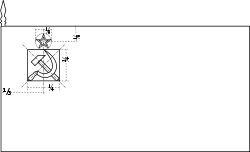
(c) I, Cmapm, CC BY-SA 3.0
The flag of the Soviet Union (1955-1991) using a darker shade of red.

Flag of South Korea (1949-1984)
Olympijská vlajka
Flag of Iran. The tricolor flag was introduced in 1906, but after the Islamic Revolution of 1979 the Arabic words 'Allahu akbar' ('God is great'), written in the Kufic script of the Qur'an and repeated 22 times, were added to the red and green strips where they border the white central strip and in the middle is the emblem of Iran (which is a stylized Persian alphabet of the Arabic word Allah ("God")).
The official ISIRI standard (translation at FotW) gives two slightly different methods of construction for the flag: a compass-and-straightedge construction used for File:Flag of Iran (official).svg, and a "simplified" construction sheet with rational numbers used for this file.
Flag of Canada introduced in 1965, using Pantone colors. This design replaced the Canadian Red Ensign design.
Georgian flag in Pantone MS.
Flag of the Socialist Federal Republic of Yugoslavia (1946-1992).
The design (blazon) is defined in Article 4 of the Constitution for the Republic of Yugoslavia (1946). [1]
State Flag of Iran, 1933-1964
Autor: Scroch, Licence: CC BY-SA 4.0
National Flag of the People's Republic of Bulgaria (1948-1968). Tha flag has got the coat-of-arms from 1948
US Flag with 45 stars. In use 4 July 1896–3 July 1908. Created by jacobolus using Adobe Illustrator, and released into the public domain. This flag was used during the Spanish-American War.




